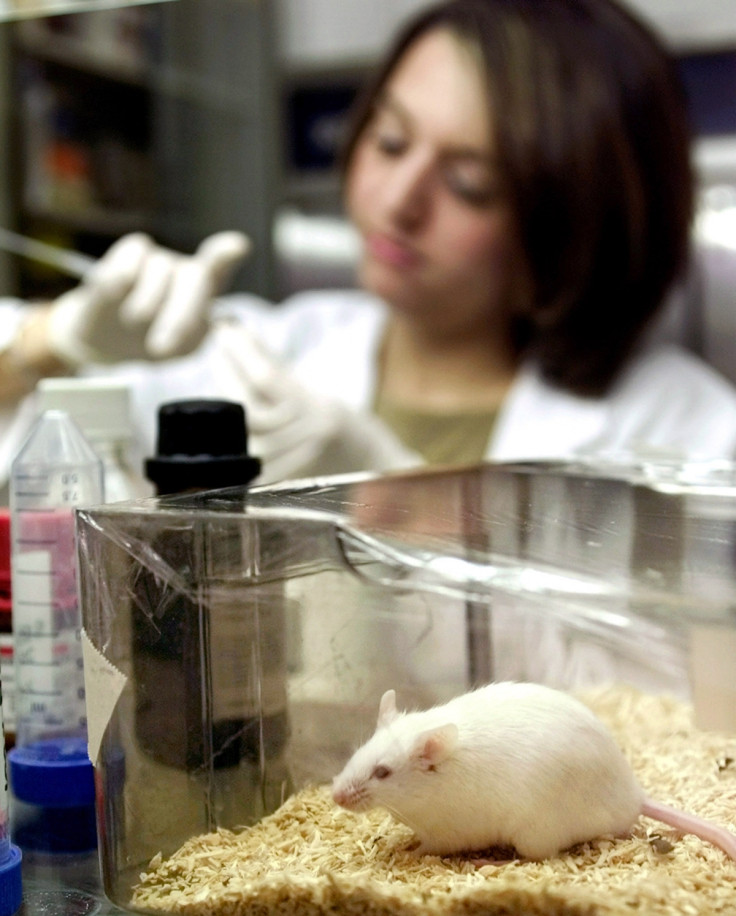What is norovirus? All you need to know about one of the most common stomach bugs in the world
Thanks to mice models, scientists have learned more about norovirus and its effects on humans.

You may not know the name 'norovirus', but you are probably familiar with it, as it is the leading cause of the global epidemic of gastroenteritis. Its most common symptoms are severe diarrhoea and vomiting which disappear after a few days, but can in some people lead to detrimental chronic infections.
In the UK, outbreaks of norovirus in hospitals have this year been lower than previous years. However, there has been an increase in the number of lab reports for norovirus (the number of positive tests for the virus) this season, since the end of June 2016). It now stands at 3,049 - that's 9% higher than the average number for the same period in the last 5 seasons and 75% higher than the same weeks last season.
Health officials warn however that due to the variability between norovirus seasons, it is not possible to predict how the current season will progress and if many more people will become sick.
Limited research on norovirus
Despite its prevalence, the study of the human norovirus has historically been limited because animal models were lacking.
Scientists have more recently resorted to analysing mice norovirus, and new mice models have since improved their understanding of the mechanisms of viral infection, symptoms and treatment targets. Some studies have identified crucial interactions between mice microbiota and the virus, and believe what they have found can easily be applied to humans.
In a review article published in Trends in Molecular Medicine, scientists from Washington University School of Medicine and the University of Michigan Medical School sum up what is known, so far, about the virus and what mysteries remain to be uncovered.
How the virus is transmitted
The virus is extremely contagious and is transmitted when people enter into contact with contaminated surfaces, food or water, and by person-to-person spread. As a result, the most frequent places of outbreaks are those that are particularly crowded such as public transportation, day-care centres or hospitals. The virus thrives in these environments, especially since it is quite resistant to disinfectants.
Only a low infectious dose is needed for people to become sick. Incubation period lasts 1.2 days, after which symptoms such as abdominal pain, nausea, and diarrhoea begin to appear. However, the study points out that it is possible for a patient to shed the virus before symptoms appear and after their resolution.
Viral shedding may occur for weeks to months in asymptomatic healthy hosts, and years for those patients who have an impaired immune system. This last group could even serve as a norovirus reservoir for future outbreaks.
Potential complications
Scientists have also learned from mice models that there can be potential long-term complications following a norovirus infection.

Following acute infection, some people may go on to develop post-infectious irritable bowel syndrome or life-threatening dehydration or if they suffer from Crohn's disease, an exacerbation of the illness. The reason for this remains unclear, but some research have shown that norovirus may, in some case, alter normal intestinal bacteria in the gut of the host and allow other infections to occur.
"We're just starting to understand how there's a very complex interplay between norovirus infection and all the other different pathogens and commensal bacteria that could be present. These factors likely have very complex interactions with the gut," review co-author Megan Baldridge, from Washington University said.
Scientists have also highlighted the genetic diversity of noroviruses, suggesting infections are different depending on the type of virus and on the species infected. How humans react to the virus is dependent on their genes.
Research for the future
Because of a lack of models, vaccine and treatment research has been limited. The infections cause a major public health burden worldwide, but no treatment or prevention strategies are currently approved.
But this might be about to change, as the use of mice models in the last two decades has yielded information about different biological factors that can slow down the spread of the virus or kill it.
Recent progresses include the identification of previously unknown host regulators, and the discovery that the microbiota can modulate viral infections. The scientists say this data can form the basis for the development of vaccines and antivirals.
© Copyright IBTimes 2025. All rights reserved.






















